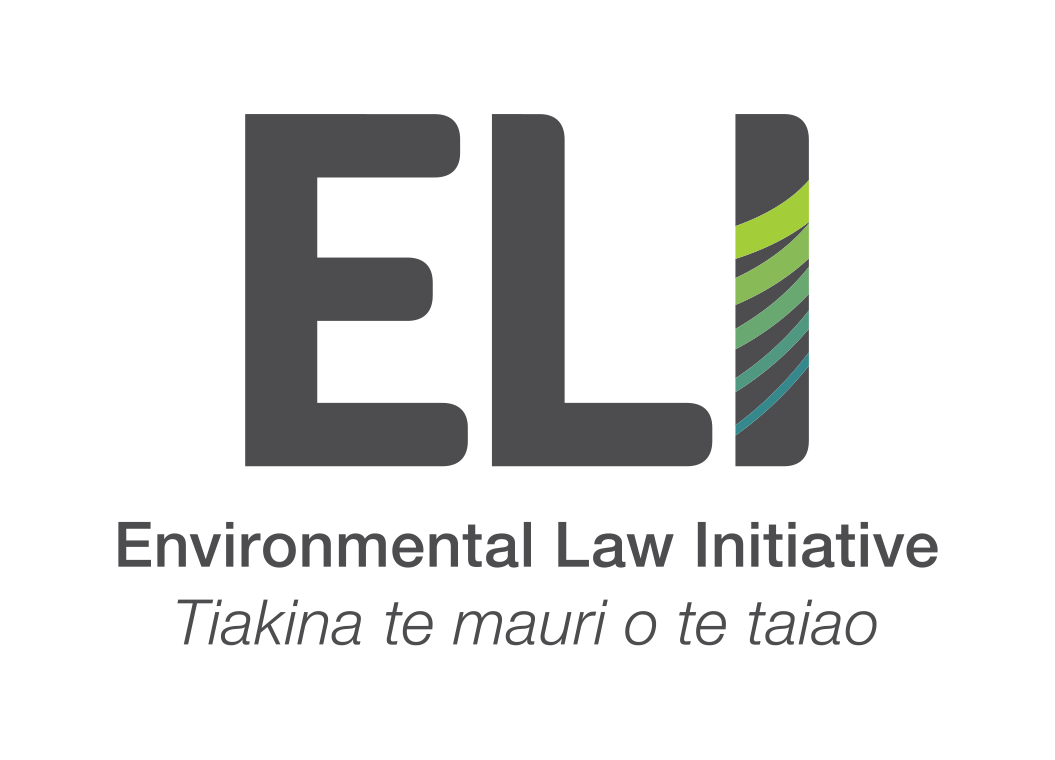Environmental Law Initiative takes glyphosate case to Court of Appeal
Appeal challenges legal interpretation of HSNO and EPA’s approach to glyphosate risk assessment.
The Environmental Law Initiative (ELI) has lodged an appeal against a High Court ruling that upheld the Environment Protection Authority’s (EPA) decision finding no grounds to reassess glyphosate or glyphosate-containing herbicides (such as RoundUp).
Despite being the most widely used herbicide in Aotearoa New Zealand, the EPA has never conducted a comprehensive risk assessment of glyphosate or glyphosate-containing herbicides.
Dr Matt Hall, ELI’s Director, Research and Legal, says “New scientific evidence continues to emerge about glyphosate’s risks. Without a clear framework for reassessment, the public cannot be confident that regulatory decisions are based on the best available science.”
Hall says there are big unknowns about the array of chemicals used in many glyphosate-based formulations to make the herbicide more effective.
“Many co-formulants are more toxic than glyphosate itself and have been banned overseas.”
Dr Hall says these gaps raise serious questions about whether the public and environment are being adequately protected.
ELI’s appeal argues that the High Court erred in finding the EPA’s decision was lawful, including by:
Misinterpreting the scope of section 62 of the Hazardous Substances and New Organisms Act (HSNO): The Court accepted that the EPA could apply a high threshold for what counts as “significant new information” because the power under s 62 is “highly discretionary and administrative.” ELI contends this undermines s 62’s critical gatekeeping function into reassessments.
The Court did not engage with the question of when significant new information should be assessed for glyphosate, where the EPA acknowledged there is no record of any prior risk assessment in Aotearoa.
Endorsing the EPA’s “weight of evidence” approach: The Court found it was not an error for the EPA to weigh ELI’s evidence against existing evidence (principally European Union regulatory assessment material) to determine significance. ELI argues this approach is inconsistent with HSNO’s precautionary intent.
Misapplying HSNO’s purposes and principles: The Court held that the EPA sufficiently considered Part 2 of HSNO because it referenced these principles in its decision. ELI argues that a comprehensive application was required, including express consideration of the precautionary approach and Te Tiriti o Waitangi responsibilities.
Overlooking glyphosate-containing substances: The Court erred in finding that the EPA adequately considered glyphosate-containing substances.
“This appeal is about fulfilling the purpose of the HSNO law as intended, which is to protect the environment, and the health and safety of people and communities” says Dr Hall.
Further information:
ELI was not seeking a ban. A full risk assessment is an opportunity to ensure the EPA is taking the proper precautions to protect public health, our unique biodiversity, and our reputation as an exporter.
Other countries have stricter regulations about glyphosate use than Aotearoa. For example, in the EU it is banned for use on crops pre-harvest, and several countries, including France and Germany have banned the domestic use of glyphosate as well as the use of glyphosate in public spaces such as parks and roadsides.

